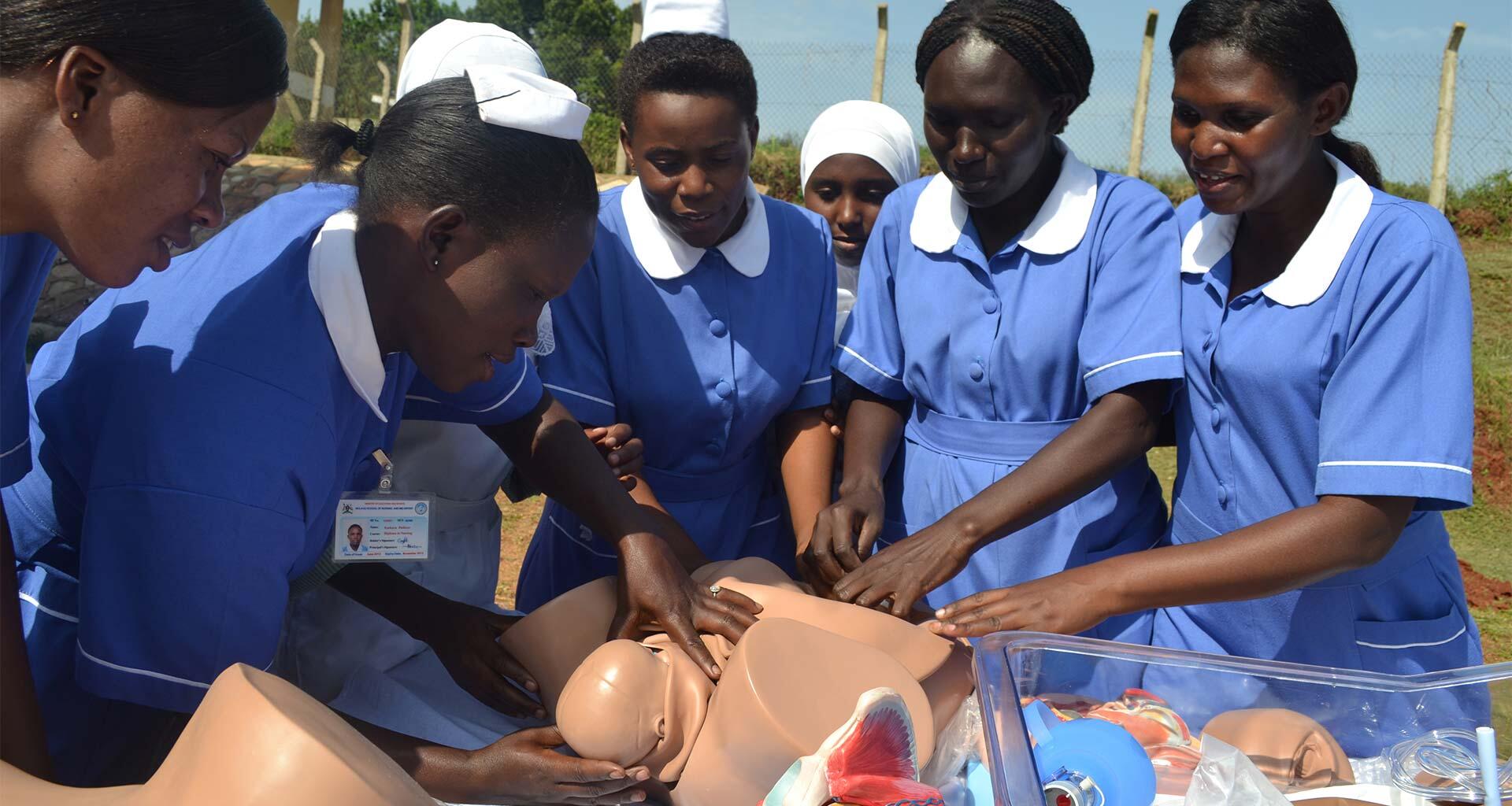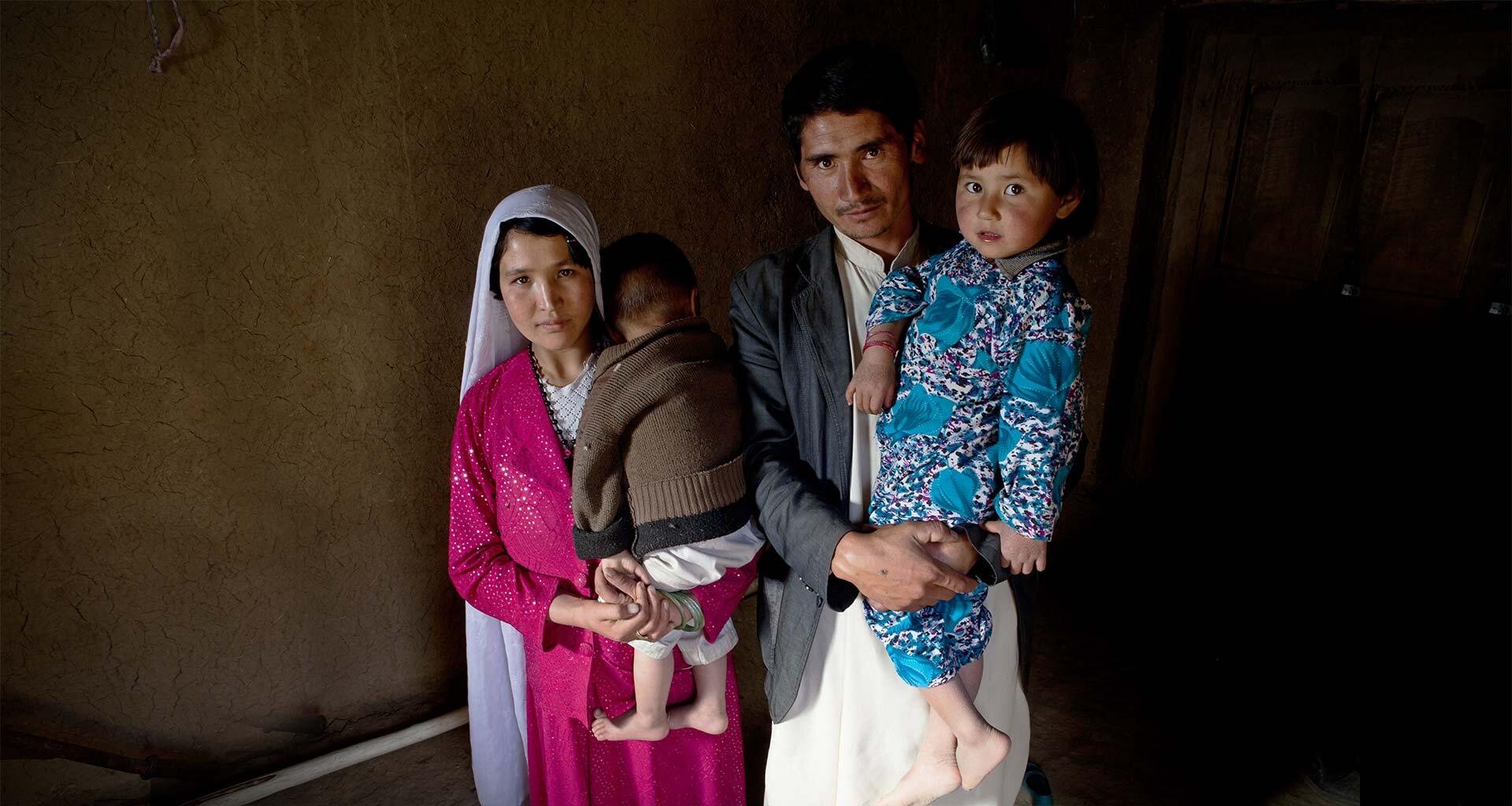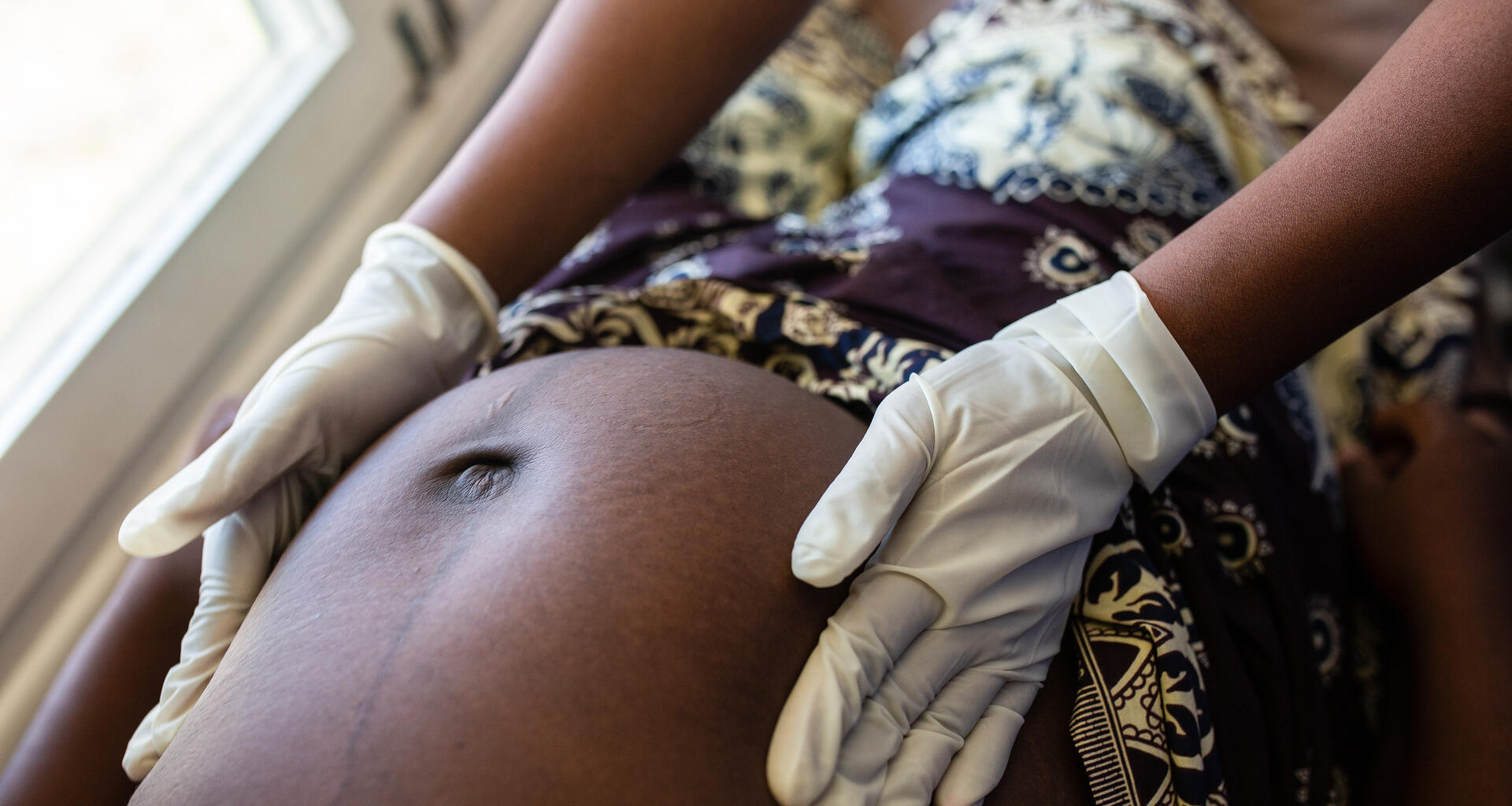High rates of sexually transmitted infections have been recorded in certain populations, including women and girls and key population groups, as described below. The most detailed data are on HIV, and these data indicate the likely situation for all sexually transmitted infections.
HIV is a leading cause of death among women and girls of reproductive age. It contributes significantly to maternal mortality, due to the progression of the disease and to higher rates of sepsis, anaemia and other pregnancy-related conditions. Other sexually transmitted infections can also have serious health consequences, leading to stigma, gender-based violence, infertility, cancers and pregnancy complications. Gonorrhoea and chlamydia are major causes of pelvic inflammatory disease, leading to infertility in women, while mother-to-child transmission of sexually transmitted infections, especially congenital syphilis, can result in stillbirth, neonatal death, low birth weight and prematurity, sepsis, pneumonia, neonatal conjunctivitis and congenital deformities.
Key populations disproportionately affected:
- Sex workers of all genders face an increased burden of sexually transmitted infections. Women in sex work are 38 times more likely to be living with HIV than other women of reproductive age.
- People who inject drugs are 29 times more likely to acquire HIV than people who do not, and are at increased risk of tuberculosis and viral hepatitis B and C.
- Men who have sex with men are 28 times more likely to acquire HIV than other adults. They also face higher rates of hepatitis C – especially those living with HIV or using pre-exposure prophylaxis.
- Transgender women are 22 times more likely to acquire HIV than other adults.
- People in prisons and other closed settings face nearly five times the HIV risk of the general adult population, with global prevalence in prisons estimated at 3 per cent. Tuberculosis and hepatitis are other major concerns; available data demonstrate that 1 in 4 detainees are hepatitis C virus positive.
Key populations make up less than 5 per cent of the global population; however, these populations and their sexual partners represent 70 per cent of new HIV infections. Outside of Sub-Saharan Africa, their representation stands at 94 per cent – and their significance is rising in Sub-Saharan Africa as well, where they accounted for the majority (51 per cent) of new HIV infections for the first time in 2021. Stigma and discrimination, restrictive and punitive laws and policies, and inadequate medical and social services expose them to unfair risks of infection, illness, morbidities and death. Achieving their rights and access to services are key to ending the crisis.





